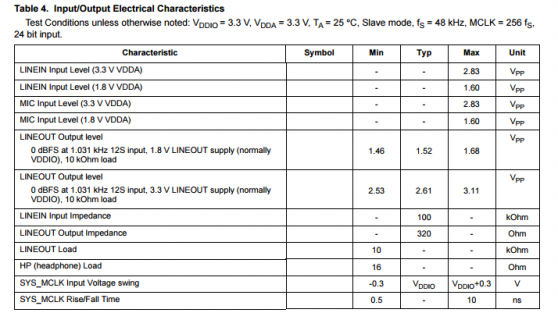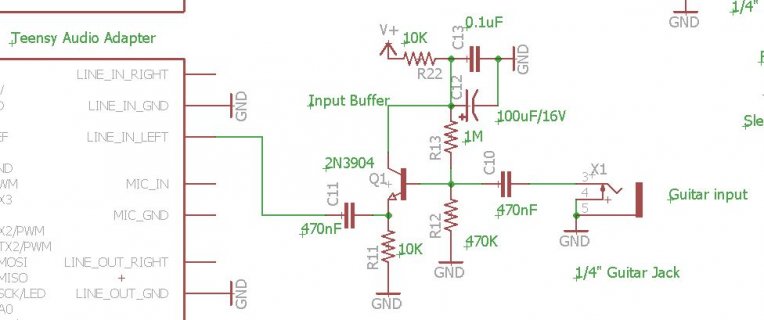What about the bandwidth of the serial USB interface?
it is possible to stream over 3Mbps from the Teensy to the PC?
Well, there's sometimes a difference between what's technically possible, and what is achievable within a certain amount of time & effort & skill level.
But before going into that, I need to point out you've specifically asked about "the serial USB interface". The USBPassThrough doesn't use USB serial. It uses USB audio. There's a mention of this in the code:
Code:
AudioInputUSB usb1; //xy=200,69 (must set Tools > USB Type to Audio)
Sounds like you don't yet have a Teensy, but you're using Arduino with Teensyduino, right? At least take a moment to look at that Tools > USB Type menu.
When you program a Teensy with USB Type set to Audio, Teensy appears to your computer as a USB sound device, *not* a USB serial device. This is important, first because the PC side drivers need to see an audio device. It's also important because USB has 4 different transfer types. USB serial uses "bulk" and USB audio uses "isochronous". To learn more about these, please refer to the USB spec. Here's a direct link, to save you time digging around
www.usb.org.
http://www.pjrc.com/teensy/beta/usb20.pdf
The transfer types are explained starting in section 4.7 on page 20. If you're going to talk about USB programming, it's essential to read chapter 4 and the first part of chapter 5. USB has a number of important concepts and very specific terminology. You really must read those chapters if you're going to have any sort of meaningful conversation about USB programming.
Now, back to the part about possible vs achievable. The reality is this is pretty advanced programming, to implement USB audio and manage isochronous streaming. The code is written to stream stereo in both directions (a total of 4 audio channels running simultaneously, 2 in each direction, which adds up to 352.8 kbytes/sec sustained streaming). This has been well tested and definitely does work.
If you want to dive into the code which implements this, here it is:
https://github.com/PaulStoffregen/cores/blob/master/teensy3/usb_audio.cpp
I don't want to discourage you, but the reality is this is pretty advanced stuff. If you *really* want to jump into this code and tinker, you certainly can. But before you do so, and before you ask more USB programming questions here, please read chapter 4 and the data flow model stuff in chapter 5. You really *must* know at least that basic USB stuff to participate in any meaningful conversation about USB programming.
 )
)



